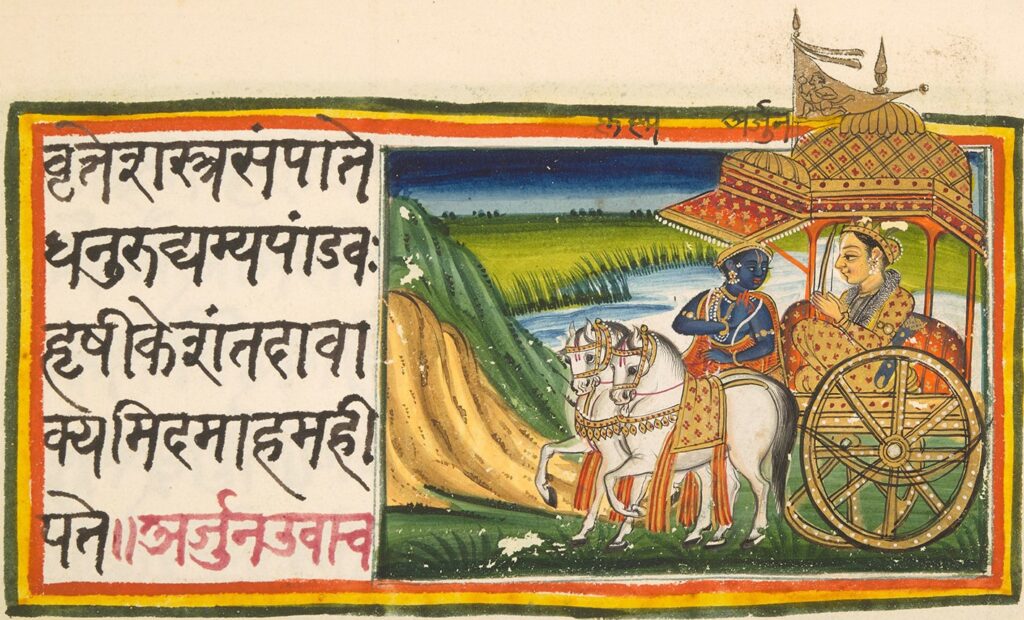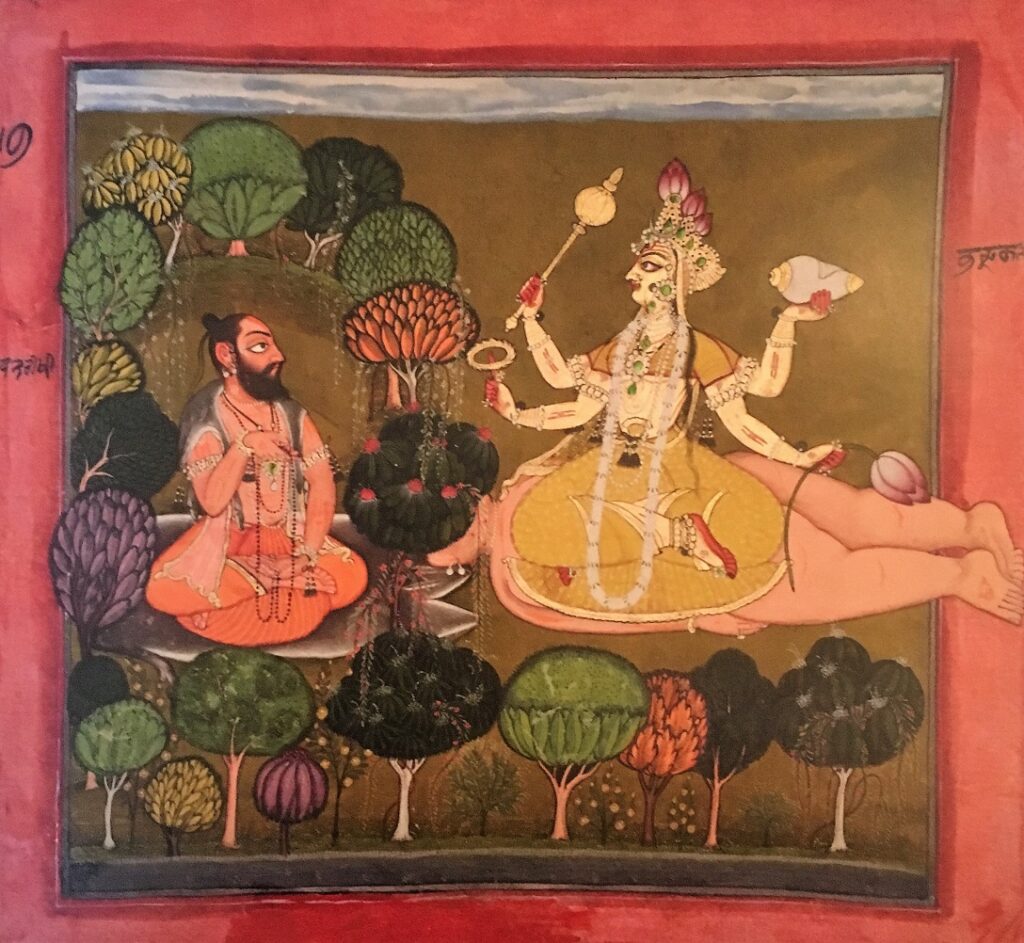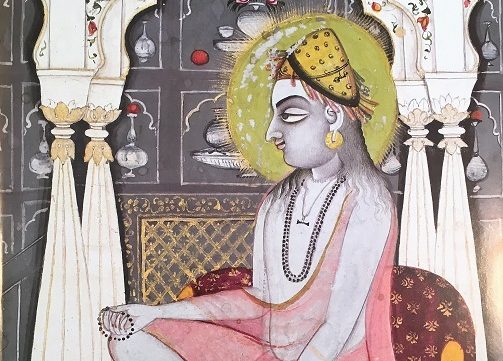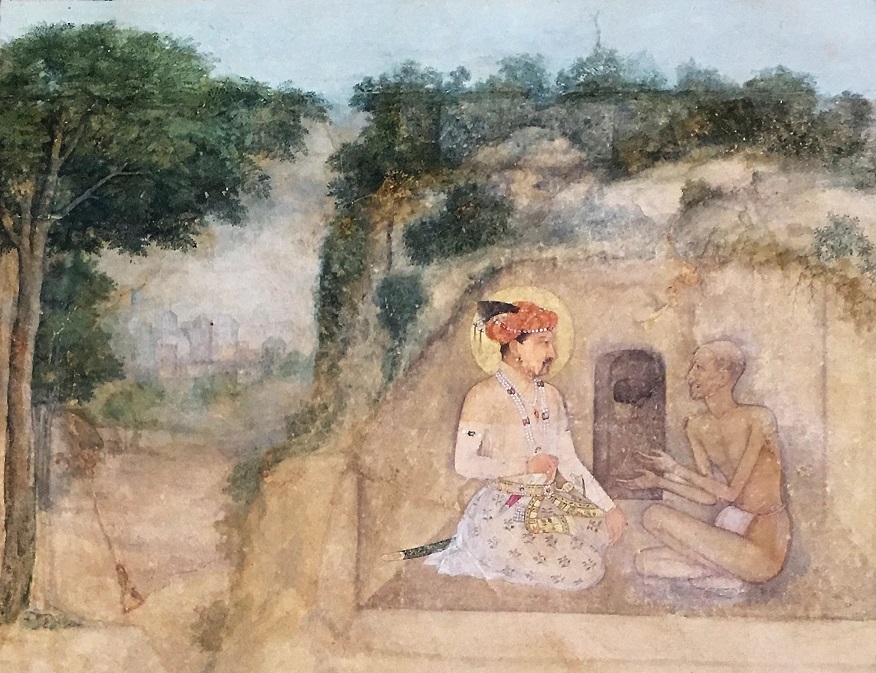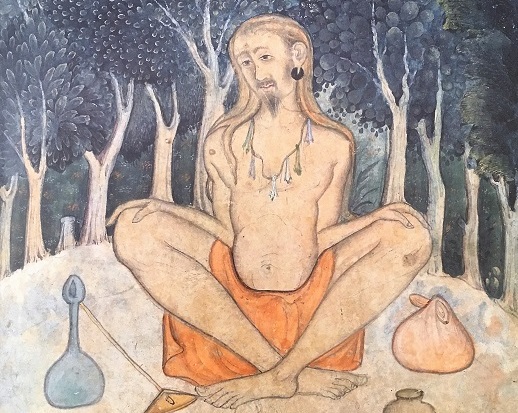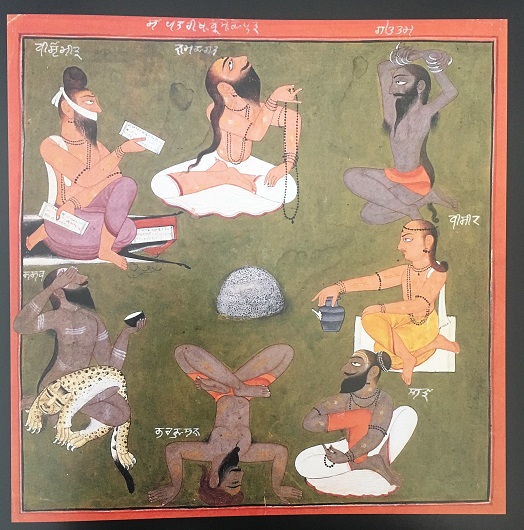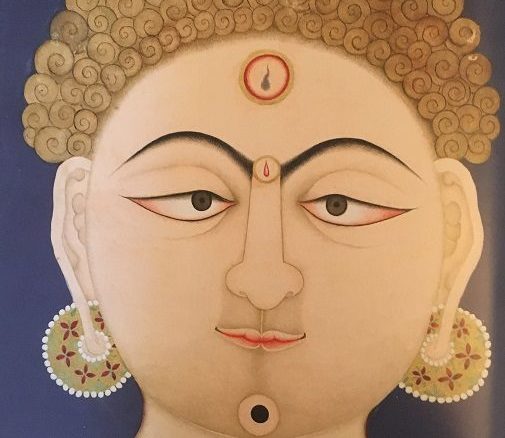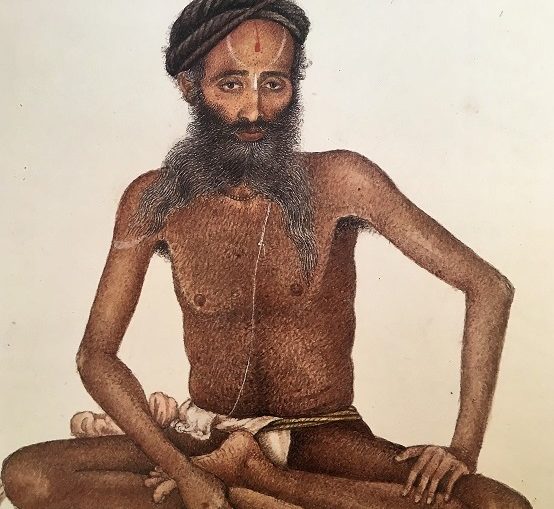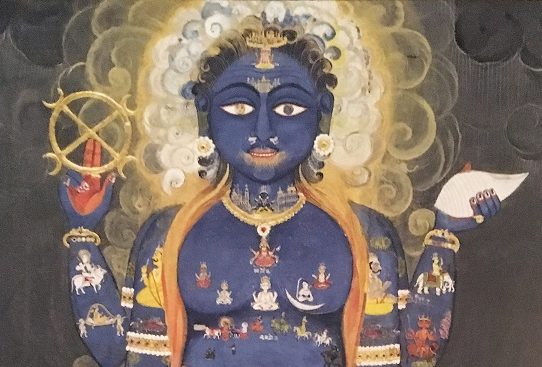T-Ph27. The Bhagavad Gita
Exploring the influence of the Bhagavad Gita on Iyengar Yoga. In the introduction to her commentary on the Gita Laurie Patton writes … ‘Throughout the centuries, the Gita has been understood as containing three basic instructions for how to live according to these three paths: of action (karma marga), of knowledge (jnana marga) and of […]
T-Ph27. The Bhagavad Gita Read More »

